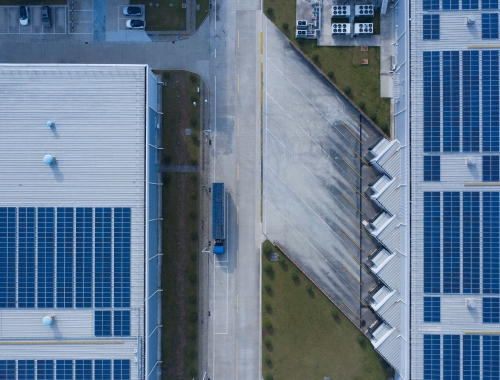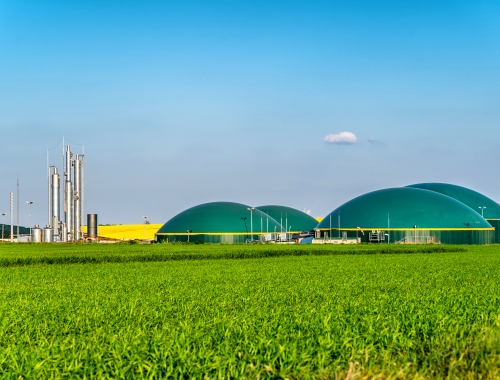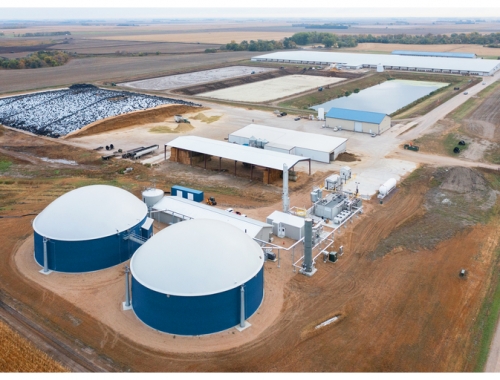Canadian ENGO sees path to net zero by 2050
SUMMARY
Targets for 2030 are achievable using existing technologies, Pembina Institute says.
By Dale LunanPOSTED IN:
Canadian environmental research group the Pembina Institute said March 21 the country’s oil and gas sector can reduce its CO2 emissions by 45% from 2005 levels by 2030, a key milestone to reaching national aspirations for net-zero by 2050.
In order to reach the 45% reduction level, the institute says in its report Decarbonising Canada’s oil and gas supply – and accounting for an increase of 31mn mt of CO2-equivalent (mtCO2e) emissions between 2005 and 2019 – the oil and gas sector will need to reduce its emissions by 103mn mtCO2e from 2019 levels.
That target, the report says, can be achieved by the oil and gas sector “using commercially available technologies and economic means already at its disposal.”
“Our research has revealed a number of short and medium-term actions that, when taken together, could achieve 83mn mt of the 103mn mt reduction required to reach the 2030 target,” the report says. “The further 20mn mt reduction could be achieved through a combination of other factors and decarbonisation activities.”
Plugging methane leaks would reduce emissions by about 33mn mtCO2e at a cost of less than C$25/mnCO2e, supported by strong regulations that require regular inspections and “relatively easy” equipment upgrades. “Even greater reductions are likely to be possible at a price of C$170/mtCO2e, which is the rate that the federal carbon price will reach by 2030.”
Electrification of engines and compressors used in the production, processing and transport of natural gas and conventional crude oil could yield reductions of about 18mn mtCO2e, while deploying carbon capture and storage (CCS) at oilsand facilities, refineries and natural gas plants could bring another 15mn mt of CO2e reductions.
Facilities reaching the end of their economic lives, the report says, could bring additional reductions – it cites Suncor’s base oilsands mine at Fort McMurray, which is expected to reach end-of-life in 2030, resulting in a reduction of 3mn mtCO2e.
“The remaining reductions could be made through other decarbonisation activities for which we do not yet have adequate information,” the report notes. “This includes more reductions in the oilsands and methane (due to the fact that methane emissions are likely as much as twice as large as reported in current inventories), as well as facilities that will reach end-of-life but have not yet been publicly disclosed.”
The oil and gas sector, the report notes, is enjoying record revenues on the back of rising commodity prices and cost-cutting efforts in recent years and is well-placed to make the investments needed to bring additional emissions reductions now.
But before companies make these investments, they are looking for certainty from governments on policies such as carbon pricing, methane regulations, a clean fuel standard and, although not mentioned in the report, incentives to invest in CCS.
“As the government develops an emissions cap for the oil and gas sector, it should significantly strengthen these policies,” the report concludes. “This is the key to ensuring Canada will meet its international climate obligations, while ensuring its oil and gas industry remains competitive in an evolving global market.”








